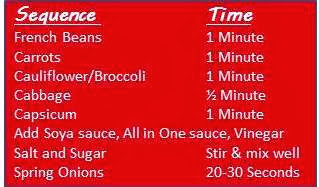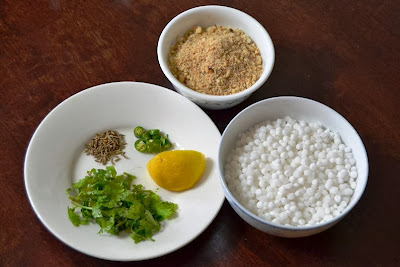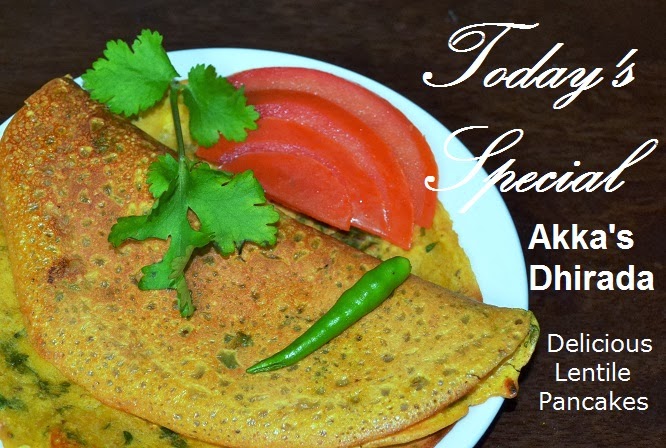In last few posts I have been writing about the changes that took place in food culture from 1950’s to 1970’s. In the next decade there was wave for Chinese food. Today we see a Chinese Gadi and a chinky eyed Nepali cook at every corner even in small towns of India, but in 1980’s Chinese food was a novelty. I used to travel about 230 kms from Kolhapur to Pune to enjoy Chines food at Chung Fa on the East Street. If I was in Mumbai (it was Bombay that time), I would not miss a chance to visit Flora in Worli to enjoy Chinese delicacies. As days progressed even small restaurants started adding Chinese dishes in their menu and each one had their own way to prepare the Chinese food. I was in a five start hotel in Patna in mid eighty’s and was tempted to order Chinese dishes those were on their menu. When the food was served I was wondering is it Chinese or some regional Bihari cuisine with dash of vinegar and soya sauce. Anyway the Chinese cuisine finally flowed down the streets and by end of that decade everyone was serving Chinese food. In early 80’s it was kind of a prestige to order Chinese food, may be to show that one is different. Unfortunately other cousins of Chinese cuisine like Thai or Indonesian did not have that acceptance in the Indian market.
| Stir Fry Vegetables - Nutritious and Delicious |
The most acceptable non-Indian cuisine in India is certainly Chinese cuisine. This is the one that’s not only available at every nook and corner but some of us like to try out in our kitchen. Chinese food has sneaked in our kitchen like suspicious quality Chinese goods. I have two stories about Chinese foods that I read many years back. In one folk tale, a son was asked by his mother, who for some strange reasons was in the hell, to get her some food. She was not happy with the food that was available in the hell (Chinese hell?). Quite understandable! The poor chap used to cook delicacies for her and carry it to hell for her. The guards on duty would stop the son on pretext of checking the food (security was important even in the hell). The tasty food then would be consumed by the guards (they are same even today) and the poor mother would still go hungry. The son thought of an idea and cooked something that looked repulsive but was great in taste. And that is what we have today. Chinese food tastes good but it’s not attractive to look at. Second story that I read was how and why humans started cooking the food. Long long ago there was a fire in a jungle in China. Trees were burnt and animals got roasted. After the fire was doused some persons went around seeing the damage. Someone saw a roasted pig and pocked his finger in the pig. Superficially the roasted pig was not hot but within it was. As the pocked finger (bad habit) felt the heat, the person withdrew his finger and to cool it down put it in his mouth. He was surprised at the taste of roasted pig. It is said, that was the turning point and human beings started cooking the food.
There is no better example than the Indian version of Chinese food to understand how food gets regionalized. Chinese Bhel in India is the pinnacle. I can’t think of any country in the world that is so imaginative like India to bend a cuisine as Indians have done it to Chinese. Even in USA there are eateries that specialize in Indian Chinese cuisine and are doing a great business. The Chinese food that I had in China on couple of occasions was so different than the one that I have in India or elsewhere in the Indian subcontinent. McD, KFC, Pizza Hut and many others may have gone for product adaptation in India but Indians have done product standardization for Indian Chinese cuisine.
Prominent styles of Chinese cuisines outside China are Singaporean, Indonesian and Malaysian. However all these are generic Chinese for a common man. Only connoisseurs can differentiate. For others it’s all Chinese. It similar to what North Indians call a south Indian. For most North Indians anyone from South is Madrasi. They can’t differentiate between Tamilian, Andhraite, Kannadigas and Keralites. All these are Madrasis. Cuisine from almost all countries have their own influence on Chinese cuisine, be it Peruvian Chinese cuisine (known as Chifa) or Pakistani Chinese cuisine. By end of the day what appeals to the pallet is important and that brings me back to my point. Cook anything, in any style as long as it satisfies you, it’s great. Which cuisine you have followed does not really matter. What you cook is your speciality and that matters.
Chinese cooking is faster. It is generally on a high flame. The trick is how you chop the vegetables or chicken or meat. Normally food is cut diagonally. This offers a larger surface area to the heat and also absorbs more of spices. More time is spent on cutting vegetables than the time spent on cooking. For busy individuals who like Chinese cuisine and want try out cooking at home, the best part is availability of cut vegetables in the market for Chinese preparations. Today almost every super market offers a pack of assorted cut vegetables for Chinese cuisine. You don’t have to buy different vegetables in small quantities or even one each of coloured capsicums, just buy a pack of cut vegetables; you will get the mix of green, yellow and red capsicum along with French beans, broccoli, cauliflower, carrots, spring onions etc. The best part is you get separate cut vegetable packs for fried rice or for curries or soups. All cut to size in a shape that is needed. So it becomes an extremely smart way to cook Chinese meals. You just have buy few bottles of sauces and these generally have long shelf life and remain good. So on way back from work buy a pack of cut vegetables for stir fry vegetables and buy a bottle each of All in One sauce, dark soya sauce and white vinegar. You are ready to cook delicious Stir Fry Vegetable, your style. Here is the simple recipe but little tricky. The crispiness is important in stir fry vegetable and that depends upon freshness of vegetables, available surface area and moisture contents of vegetable. Some gut feeling and trial & error is needed, but the final product is really good.
| Cut vegetables. Red, yellow, orange, green capsicum, purple cabbage etc, |
The recipe is simple and fast. Stir fry is to be done on high flame. Most important aspect of this preparation is the sequence in which you fry the vegetables and the frying time for each one of these vegetables. Place a nonstick yoke or a casserole or a skillet on high flame. Add one tablespoon refined oil for every two hundred grams of vegetables. First one to jump in the frying pan will be French beans (wish my boss was French beans). Let them have their privacy for a minute. Keep stirring. Now carrots will join them for a minute, don’t stop stirring. This is followed by cauliflower and broccoli. Stirring continues. Let another minute pass by. Now it’s the turn of Cabbage, green and/or purple. Stir for half a minute and add all varieties of capsicum that you have. If you have just green, that is also okay. Fry for a minute. Now add one tablespoon each of soya sauce, All in One sauce and half tablespoon of white vinegar. Sprinkle salt as per your taste. Stir again. Add half teaspoon of sugar and mix well. Stir for a minute along and finally add spring onion. Stir for few seconds and you are done. Shift the fried stuff to a bowl else it will get over cooked. If it remains little raw then also it is fine because except French beans all other vegetables can be consumed raw or undercooked. So don’t worry and in any case French beans are well done in the process. You are done. If you want to enjoy this with some gravy then you have work for another five minutes or just a minute if you do multitasking.
 |
| Simple - sequence and time for high flame frying |
For sauce you will need half cup of water, one tablespoon of corn flour, one table spoon of sugar, one tablespoon white vinegar, salt to taste and half cup of orange juice. If you are in multitasking mode then while you are frying carrots, place a small pot that can boil about a cup of water on another burner. Add about half a cup of water, bring it to boil. In between be smart enough to mix a tablespoon of corn flour (corn starch) in two tablespoons (or more if needed) water. Keep it aside. Once the water in the pot boils add half a cup of pulpy orange juice (without pulp will also do), let boil. Now add sugar, vinegar and salt. Stir well and add the corn flour paste, stir well again and remove from the flame. Pour this sauce on stir fried vegetables that you have kept in a bowl. Your stir fry vegetable in tangy orange sauce is ready. The quantity of sugar, vinegar and salt will depend on your taste and the sourness of the orange juice that you have. You may have to do some trial and error, but trust me this dish tastes wonderful.
PS. Those who don’t like oranges can try pineapple juice. Adjust sourness as desired with vinegar. I like this too.




